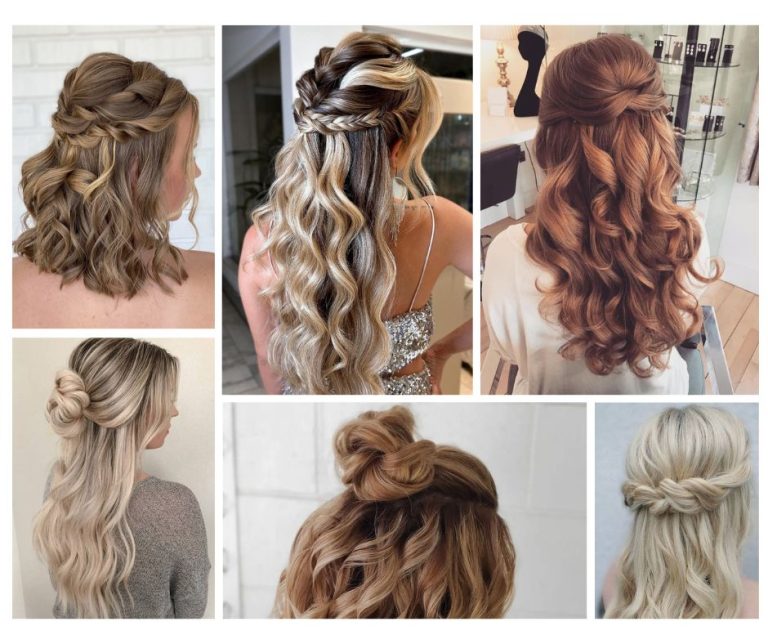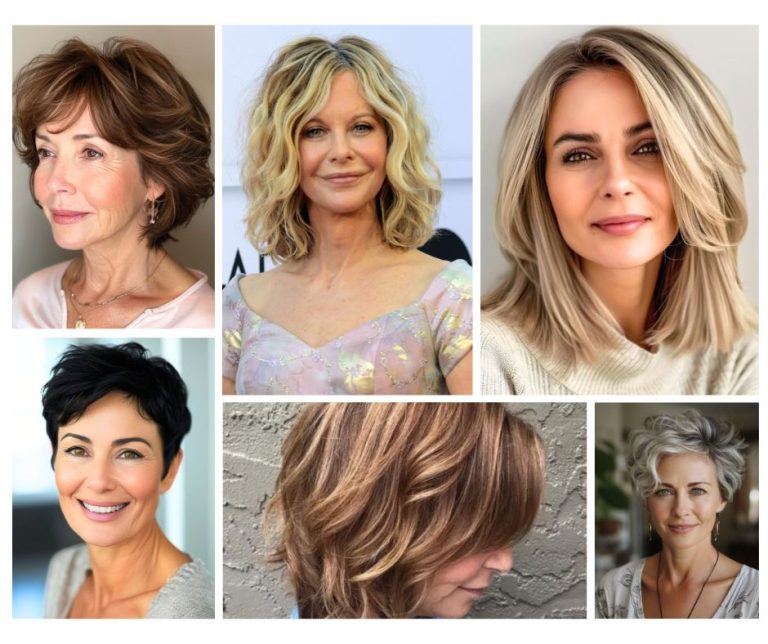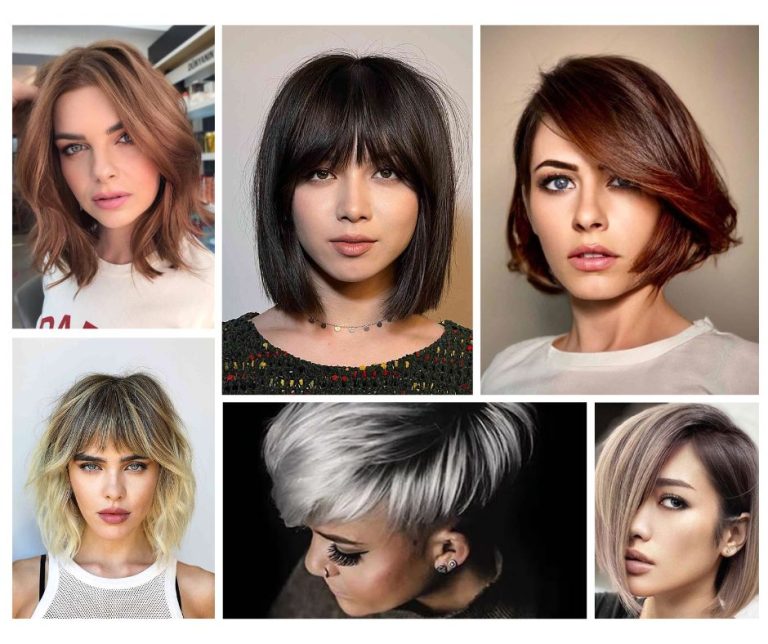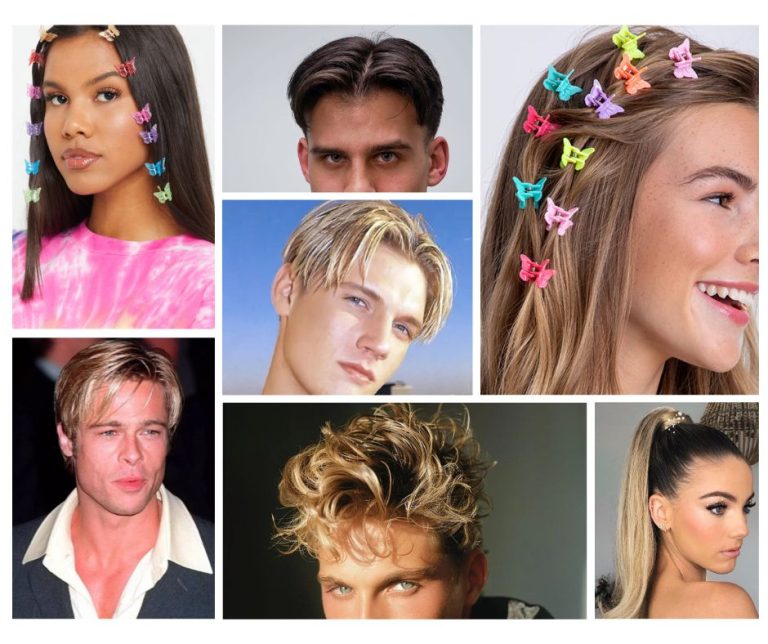Natural Hairstyles: 5 Essential Tips for Gorgeous, Healthy Hair
Ever wondered why natural hairstyles seem to catch the eye more than the usual sleek, straightened tresses? There’s an undeniable charm and freedom in rocking what grows naturally from our scalps. Whether it’s the bold afro, the versatile twists, or those playful braids, natural hairstyles aren’t just a style statement—they’re a personal declaration of identity and heritage.
Exploring the Benefits of Natural Hairstyles
Accepting or adopting natural hairstyles is more than just a style choice; it’s a journey toward or in the direction of healthier hair and a deeper connection with cultural roots. Let’s explore or investigate into some important or major benefits linked with natural hair.
Health Benefits for Scalp and Hair
Choosing to maintain natural hairstyles contributes significantly to the health of your scalp and hair. First, it reduces the risk of chemical damage. Many hair treatments involve harsh chemicals that can weaken hair strands and damage the scalp. By sticking to natural styles, you sidestep potential harm from relaxers and straighteners.
Moisture retention is another key benefit. Natural hair, particularly when styled in protective designs like braids or twists, retains moisture better than when it’s frequently straightened. This moisture is vital or critical for maintaining the hair’s elasticity and preventing breakage.
Scalp health improves dramatically without the frequent use of heat or chemical treatments. The natural oils produced by the scalp are sufficient to nourish and protect the hair, promoting a balanced environment that fosters healthy hair growth. Regular massages and the use of natural oils, such as coconut or jojoba oil, can enhance this effect, boosting circulation and hair growth.
Psychological and Cultural Significance
There’s a profound psychological and cultural impact tied to sporting natural hairstyles. These styles often stand as symbols of pride and heritage, offering a way for individuals to connect with their history in a personal and visible manner.
Natural hairstyles foster a sense of community and identity. They enable people to express their personalities and cultural background uniquely and visibly. For many, this expression is empowering and boosts self-esteem. It’s a reaffirmation of cultural identity, which for communities where natural hair has been historically stigmatized, is particularly powerful.
Furthermore or in addition, wearing one’s hair naturally can lift a psychological burden. The societal pressure to conform to certain beauty standards often leads to a constant pursuit of treatments and styles that alter natural hair textures. Rejecting these norms can result in a liberating shift in self-perception and confidence.
Natural hairstyles offer wide-ranging or comprehensive health benefits for your hair and scalp while also serving to reinforce cultural identity and personal confidence. By opting to go natural, you accept or adopt not only the aesthetic beauty of these styles but also their deeper significance.
Popular Types of Natural Hairstyles
Natural hairstyles are not just about beauty; they’re a celebration of heritage and personal style. From the tightly coiled magnificence of afros to the intricate patterns of cornrows, each style has its story and significance. Let’s explore some of the most beloved natural hairstyles that continue to inspire and empower.
Afro
The Afro stands as a powerful symbol of black pride and natural beauty. This voluminous style is achieved by combing out the hair to create a rounded shape around the head. I’ve seen countless variations, from the neatly trimmed to the wildly freeform, demonstrating a versatile range of expressions. It’s not just a hairstyle; it’s a statement, accepting or adopting the texture of natural black hair.
Bantu Knots
Originating from various African communities, Bantu knots are both a stylish and protective hairstyle. To create them, the hair is sectioned into squares, each twist coiled snugly against the scalp, forming small, spiraled buns. What’s incredible about Bantu knots is their ability to serve as a standalone style or a clever way to enhance wave patterns for subsequent styles, like twist-outs.
Twist-Outs and Braid-Outs
Twist-outs and braid-outs are go-to techniques for extending natural curls with defined patterns. For a twist-out, I section my hair and twist it while damp, solving or figuring out it once dry to reveal beautifully defined curls. Braid-outs follow a similar procedure but start with braids instead of twists. Both methods are excellent for achieving volume and stretch without using heat, which helps maintain hair health.
Cornrows
Cornrows are a classic and versatile method of braiding, where hair is braided very close to the scalp, using an underhand, upward motion to create a continuous, raised row. They can be styled in simple, straight lines or intricate geometric patterns. Besides their aesthetic appeal, cornrows are a practical choice for protective styling, reducing hair manipulation and breakage.
Each of these styles reflects more than just a personal fashion choice; they resonate deeply with cultural identity and individuality. As I explore or investigate into the area or field of natural hairstyles, I’m not just adopting a look but accepting or adopting a legacy.
How to Maintain and Care for Natural Hairstyles
Maintaining natural hairstyles is key to keeping your hair healthy and lively or energetic. In this section, I’ll walk you through essential care tips to help your natural tresses thrive.
Regular Cleansing and Conditioning
Keeping natural hair clean is vital or critical, but it’s important not to overdo it because stripping away natural oils can lead to dryness. I recommend washing your hair every 1 to 2 weeks, depending on your hair type and lifestyle. Use a sulfate-free shampoo to gently cleanse your scalp and hair without harsh chemicals which can dry out natural hair. Follow up with a hydrating conditioner to nourish and detangle. Thorough or in-depth conditioning treatments, done at least once a month, work wonders in restoring moisture and improving hair elasticity.
Moisturizing and Sealing
For natural hairstyles, maintaining moisture is a must. After washing and while the hair is still damp, apply a leave-in conditioner to add a layer of moisture protection. I like to use products that contain natural ingredients like shea butter, coconut oil, or aloe vera for an extra hydration boost. Sealing is also vital; it involves applying an oil or butter to lock in the moisture. Jojoba oil, castor oil, or a shea butter-based product are great options as they mimic the natural sebum of the hair.
Protecting Hair at Night
To avoid breakage and retain moisture, protecting your hair at night is a must. I always opt for a satin or silk scarf or bonnet when I go to sleep. These materials help reduce friction, which can cause breakage. If scarves or bonnets aren’t your style, try a satin or silk pillowcase as an alternative. Not only will this key practice help maintain your style, but it will also keep your hair healthier and save you time restyling in the morning.
By following these steps, you’ll keep your natural hairstyles looking fresh and lively or energetic while making sure or guaranteeing optimal health for your hair.
Tutorials for Styling Natural Hairstyles at Home
Styling your natural hair at home can save you trips to the salon and also allows you to get intimate with your hair’s needs and textures. Let me share some easy-to-follow tutorials for some popular styles.
Step-by-Step Guide for Bantu Knots
Bantu Knots aren’t just a style; they’re a statement. First, wash and condition your hair to provide a clean, hydrated base. Then, apply a leave-in conditioner or curl cream for moisture. To start, section your hair into even parts, depending on the size of the knots you want. Take each section, twist tightly from the root to the ends, then wind the twist into a coil that sits comfortably against your scalp. Secure each knot with a pin or small hairband, and let them set overnight for best results. In the morning, you can either leave them be for a funky, edgy look or gently unravel them for gorgeous, defined curls.
Techniques for Perfecting Twist-Outs
Twist-Outs are my go-to for a stretchy, defined hairstyle that lasts for days. First, make sure your hair is detangled for uniform twists. Apply a hydrating curl cream to each section to ensure that your hair stays moisturized. Divide your hair into sections, and use a comb to help with even sectioning. Twist each section of your hair from root to tip, wrapping two strands of hair tightly around each other. I recommend allowing your hair to dry overnight; wearing a silk scarf will reduce frizz. Once dry, apply a bit of oil on your fingers to unravel the twists gently – and there you have it; beautiful, natural waves that turn heads!
How to Maintain Cornrows
Cornrows are practical but they also need TLC to keep them looking neat and making sure or guaranteeing your scalp stays healthy. Always start with clean, conditioned hair and apply a scalp moisturizer to avoid dryness. While wearing cornrows, it’s essential to spray a light leave-in conditioner or hair mist every few days to keep them fresh. Cover your hair with a silk scarf or bonnet at night to prevent friction and frizz. When it comes time to cleanse, use a diluted shampoo directly on your scalp, gently massaging and rinsing without disrupting the braid pattern. Finally, keep them in for no longer than six weeks to prevent hair breakage and maintain scalp health.
Utilizing these methods at home means you can rock natural hairstyles that are as healthy as they are stylish. Whether you’re sporting Bantu Knots, Twist-Outs, or Cornrows, each offers a one-of-a-kind or distinctive way to express your cultural heritage while keeping your hair in top condition.
Challenges and Solutions in Managing Natural Hairstyles
Maintaining natural hairstyles can be as rewarding as it is challenging, but knowing how to tackle common issues makes the journey smoother. Here’s a breakdown of some typical challenges and my favorite strategies to handle them:
Tackling Dryness and Breakage
Dryness and breakage are major concerns for anyone with natural hair. The curly and coily patterns can lead to moisture escaping more easily than straight hair, and weak points where breakage occurs.
- Moisture is Key: I always start by making sure or guaranteeing that hydration is a part of my daily routine. Using leave-in conditioners and hair oils like jojoba or argan can greatly prevent drying.
- Protective Styles: Opting for styles that protect the ends of my hair, such as twists or loose buns, helps reduce exposure to parts or components that might cause breakage.
- Gentle Detangling: Using a wide-tooth comb or my fingers to detangle when my hair is damp has significantly minimized breakage. Always start from the ends and work your way up to the roots gently.
Managing Shrinkage
Shrinkage often masks the real length of natural hair and can lead to tangling and knots. It’s a common feature of healthy, elastic hair but managing it can sometimes be tricky.
- Stretching Techniques: After washing my hair, I use methods like banding or African threading to stretch out my curls gently without using heat.
- Use of Heat: On occasions when I use heat, I always make sure to use a heat protectant and keep the temperature moderate to prevent damage.
- Accepting or adopting It: Sometimes, I just choose to accept or adopt the shrinkage. It’s a natural characteristic of my hair, and styles like a Wash ‘n’ Go highlight my hair’s healthy elasticity.
Combating Common Scalp Issues
A healthy scalp is foundational for healthy hair growth. Issues like dandruff, itchiness, and buildup can impede growth and cause discomfort.
- Regular Cleansing: I’ve found that keeping a regular cleansing routine with products that promote scalp health, like those containing tea tree oil or peppermint, helps maintain a balanced scalp.
- Exfoliation is Beneficial: Once a month, I use a gentle scalp scrub or a brush to exfoliate the scalp. This removes product buildup and dead skin cells, promoting better hair growth.
- Balanced Diet: Eating a balanced diet rich in vitamins, minerals, and antioxidants supports scalp health from the inside out. Foods rich in Vitamins A, E, and C have been beneficial in maintaining a healthy scalp.
By addressing these challenges using specific, manageable strategies, I’ve been able to enjoy the beauty and versatility of my natural hairstyles while keeping my hair and scalp healthy.

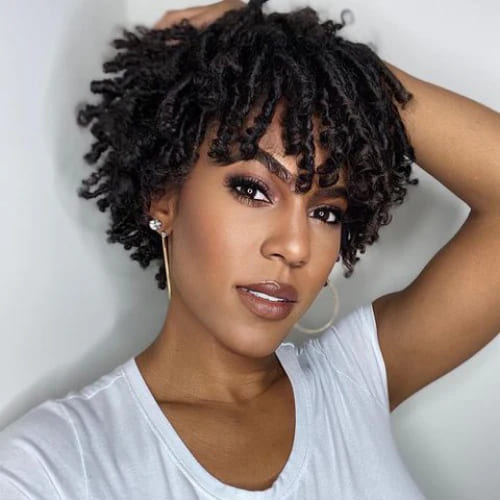
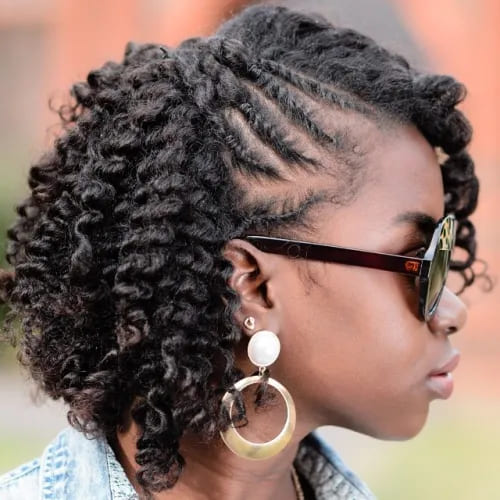
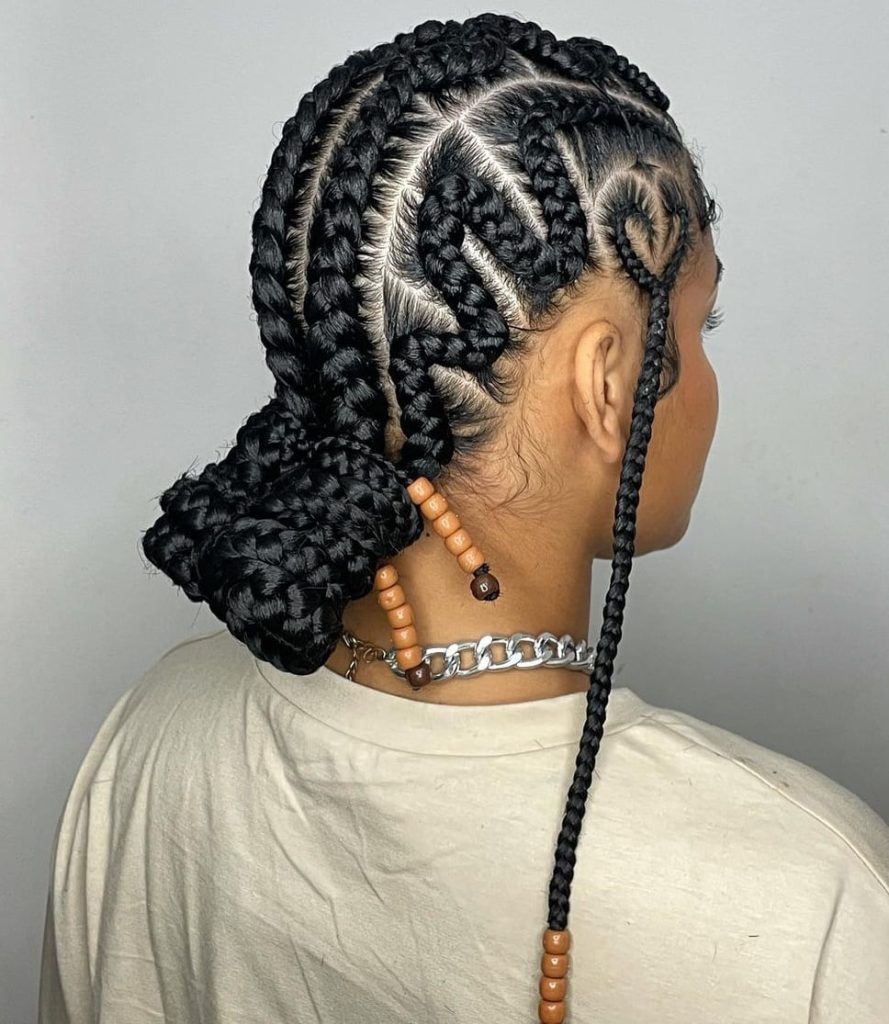
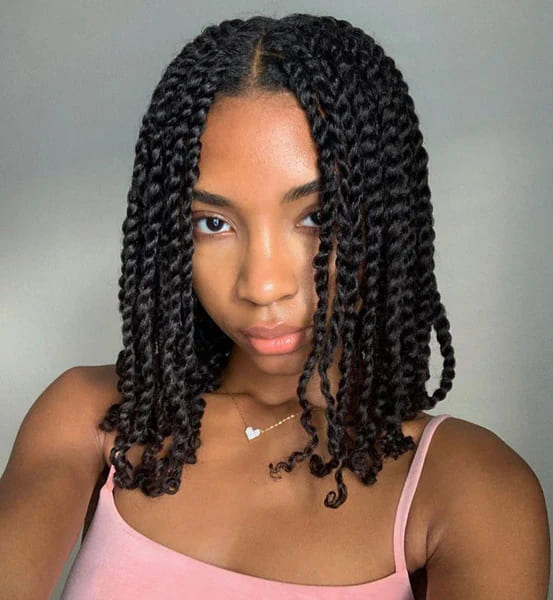
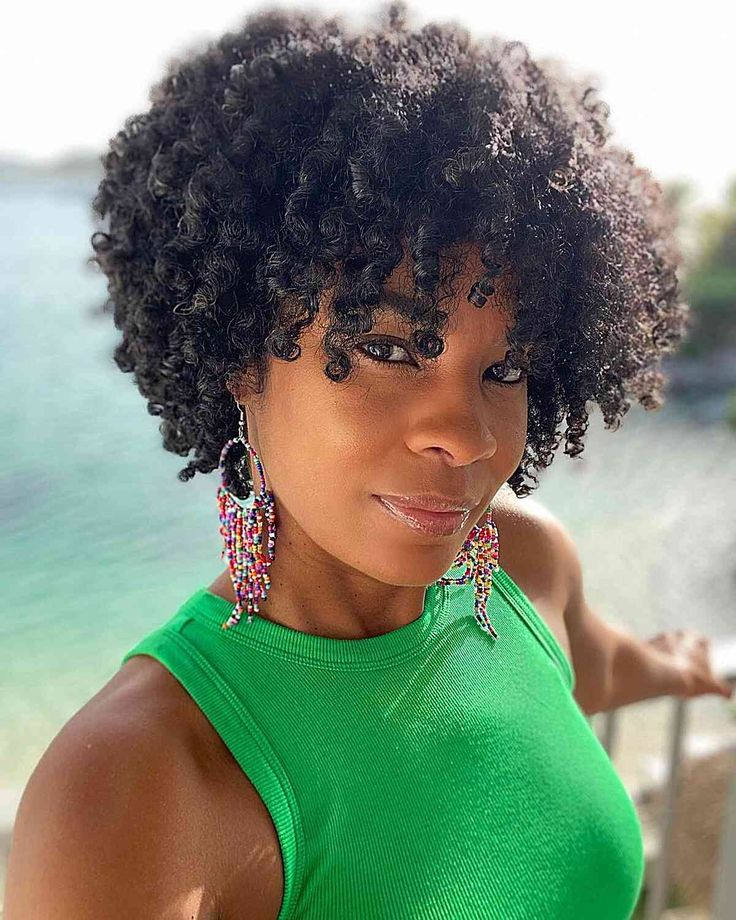

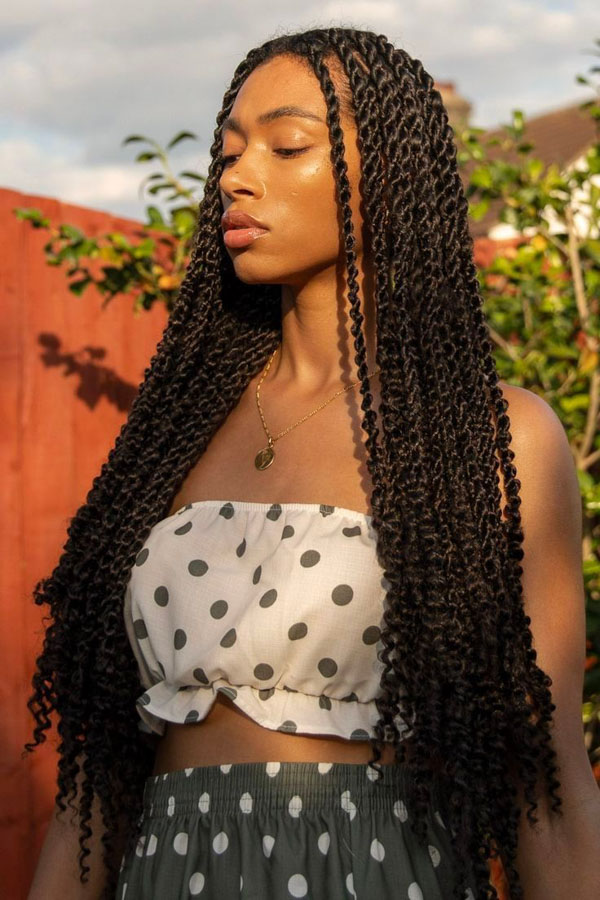
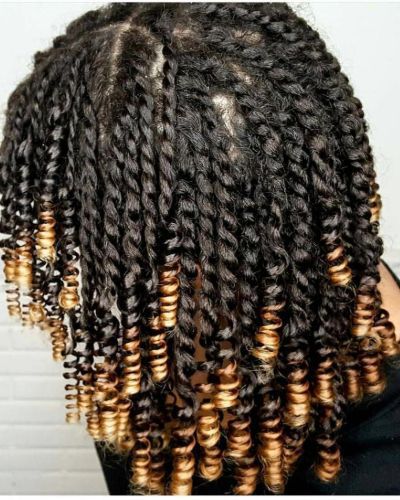

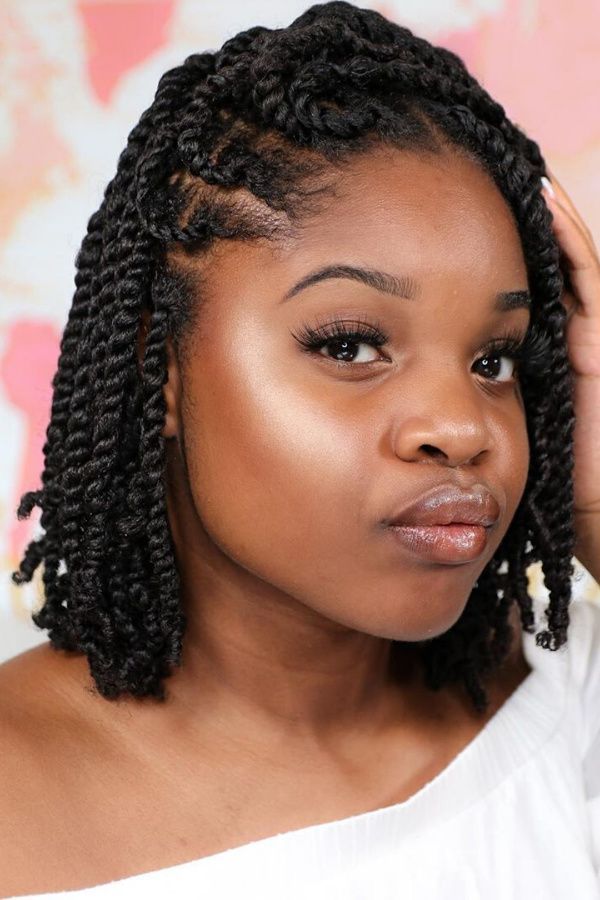
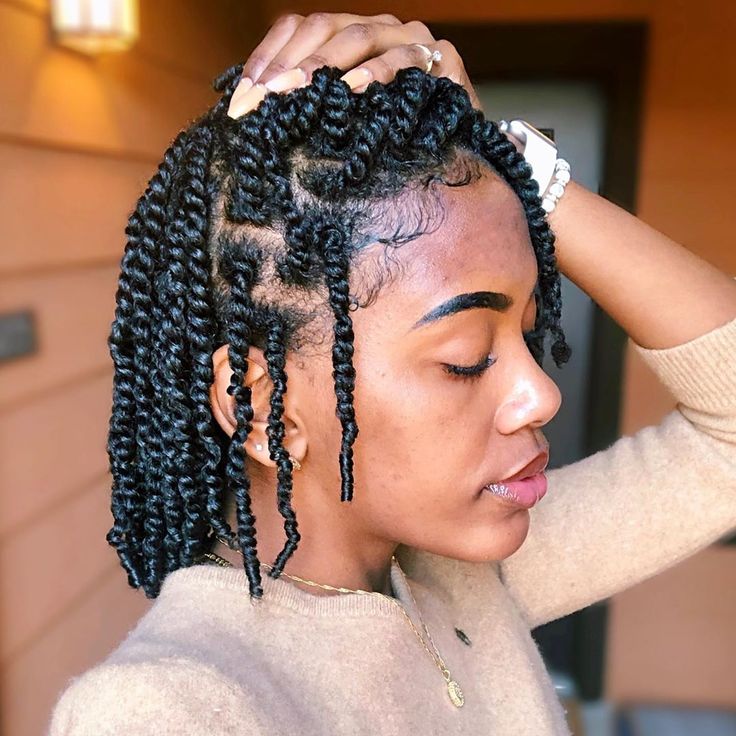
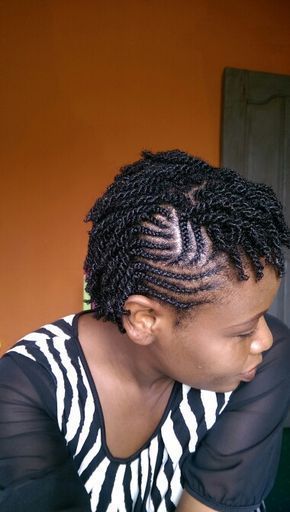
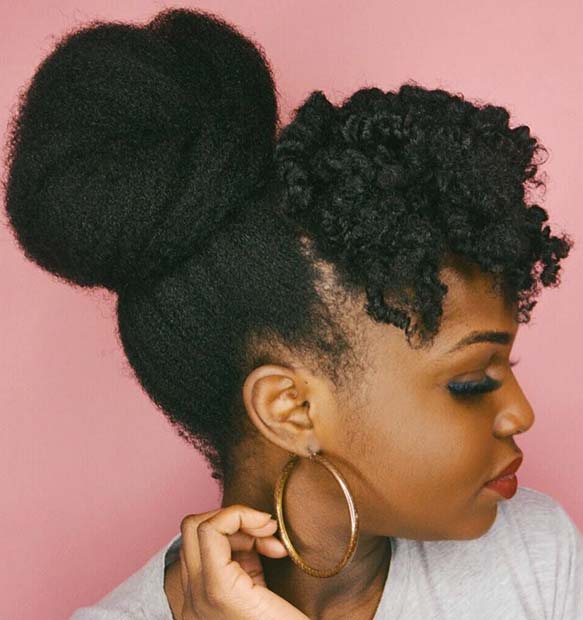
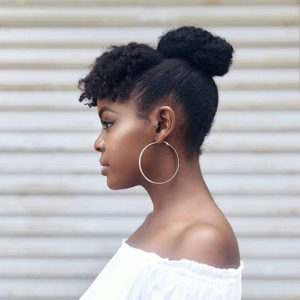
Conclusion
Accepting or adopting natural hairstyles isn’t just a style choice—it’s a commitment to nurturing and celebrating the one-of-a-kind or distinctive beauty of natural hair. I’ve shared how incorporating a consistent care routine can significantly enhance the health and appearance of your hair. Whether you’re dealing with common issues or just trying to maintain its natural beauty, the right strategies can make all the difference. Remember the joy and pride that come with wearing natural hairstyles and keep exploring ways to protect and revitalize your hair. After all, each twist, braid, and knot isn’t just a fashion statement—it’s a testament to heritage and personal health.


